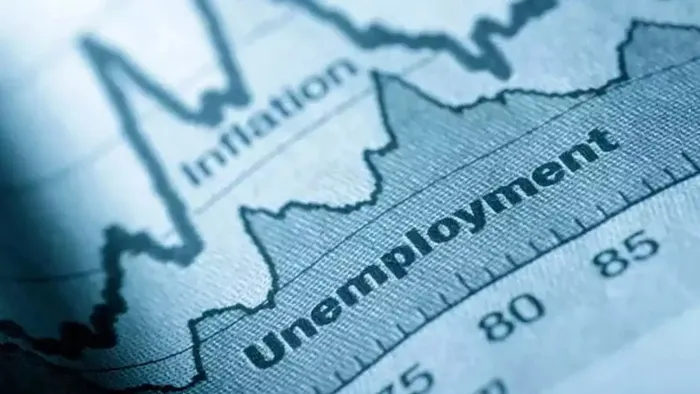Quarterly Labour Force Survey reveals rising unemployment rate

The official unemployment rate was 33,2% in the second quarter of 2025.
Image: File
The official unemployment rate increased by 0.3 of a percentage point from 32.9% in the first quarter of 2025 to 33.2% in the second quarter of 2025.
This is according to the Quarterly Labour Force Survey (QLFS) released on Tuesday by Statistics South Africa.
Stats SA also noted that the expanded unemployment rate in the second quarter of 2025 decreased by 0.2 of a percentage point to 42.9% when compared with the first quarter of 2025, which was 43.1%. The youth unemployment rate remained unchanged at 46.1% in the second quarter of 2025.
The number of persons employed in the formal sector increased by 34 000 in Q2: 2025, and the informal sector employment decreased by 19 000 over the same period.
The largest industry increases in employment were recorded in Trade, Private households and Construction.
Decreases in employment were recorded in Community and social services, Agriculture, Finance, Transport, Utilities and Manufacturing.
The results also indicate that the highest increases in employment were observed in Gauteng (95 000) and Eastern Cape (89 000), while decreases were observed in Western Cape (117 000), KwaZulu-Natal (86 000) and Northern Cape (28 000).
ActionSA said the QLFS stats showed that one in every three active jobseekers cannot find work.
ActionSA MP Alan Beesley MP said: “President Ramaphosa’s recent claim that the economy is in a ‘state of emergency’ is a belated and inadequate acknowledgement of what South Africans have known for years. The emergency was created by years of slow, ineffectual governance, and now those responsible claim they want to solve it.
“South Africa has not achieved economic growth of 3% or more in over a decade. Under the Government of National Unity, growth has yet to exceed 1%, and unemployment continues to rise. Each day, thousands of South Africans lose their livelihoods while Cabinet grows and executive perks multiply.
“This additional loss of jobs comes before the anticipated imposition of new US tariffs, meaning that this hapless inertia is likely to have even more devastating consequences for South Africa’s already fragile economy.”
Related Topics: